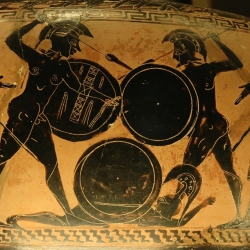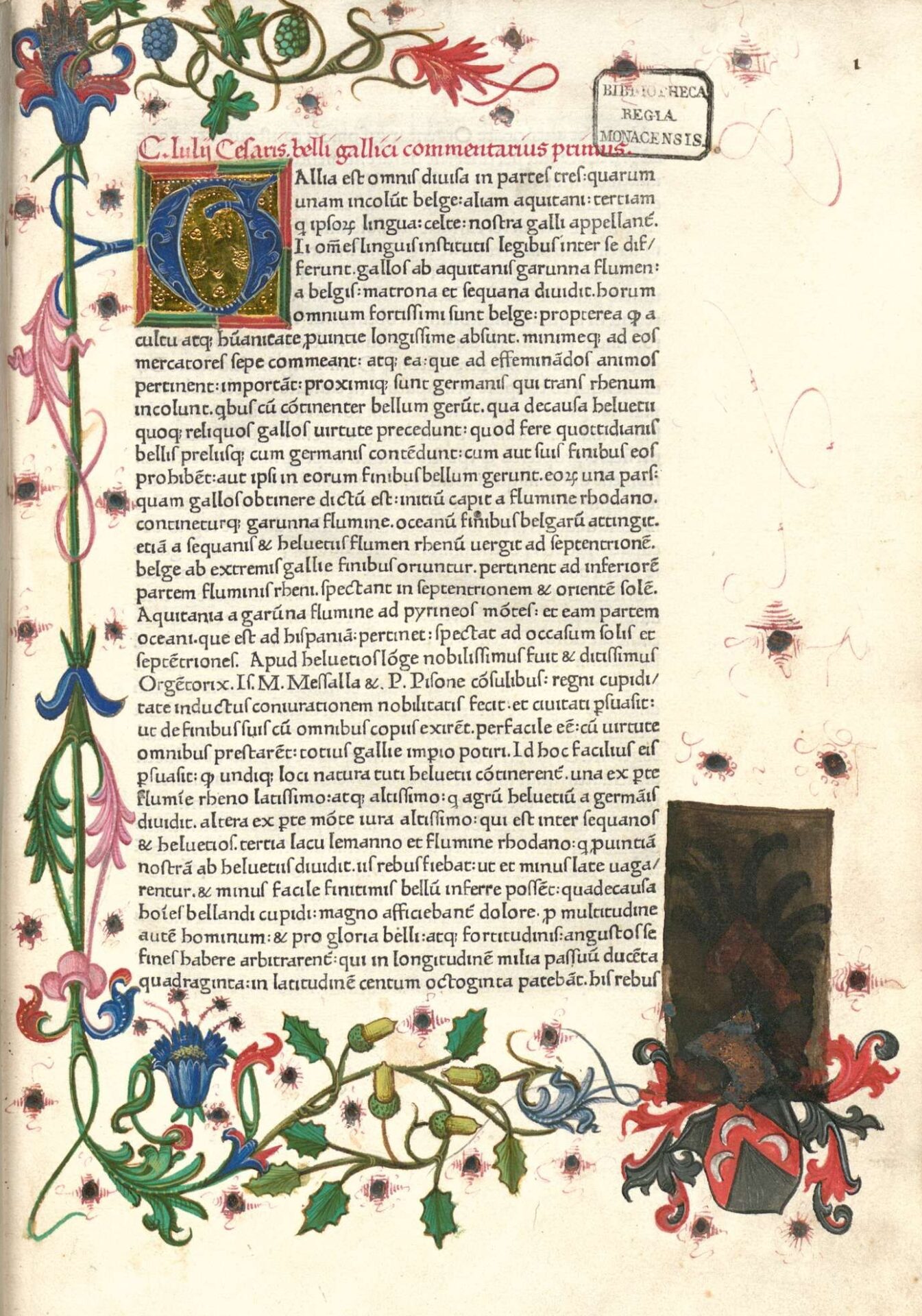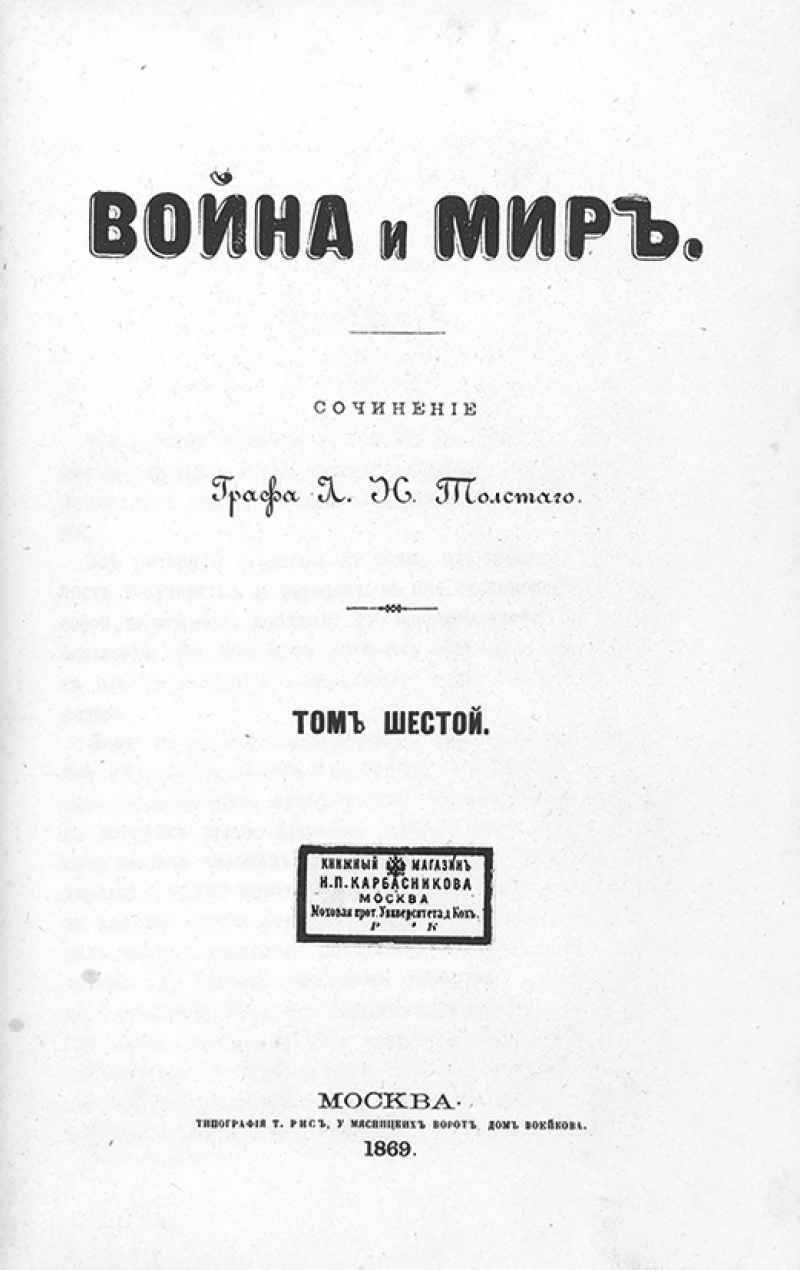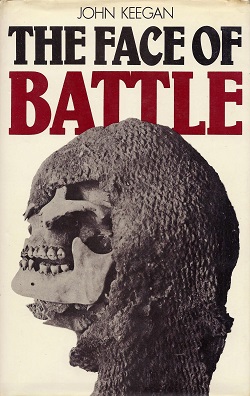War history: a global and ancient phenomenon
The first historians we know of wrote mainly about war and military action. For example, the poems of Homer recounted the Trojan wars. Herodotus, who lived in the 5th century BCE and who is considered the father of history, gave an account of the Persian wars. A few centuries later, Thucydides related the major events of the Peloponnesian wars. In Asia, Chinese historians around the same time (5th to 3rd century BCE) wrote of the Warring States. Sun Tzu, who wrote The Art of War, is one of the best known authors of this era. Essentially, war and its history not only go back a long way but have also had a place in all cultures. Historians in the Arab world recorded the history of the Hijira and the spread of Islam in the 7th century CE, although with limited attention to the military aspect. In sub-Saharan Africa, the history of the Fulani Jihads of the 17th and 18th centuries is still told today through the oral history of the griots.
Just like the traumas and social, political, economic and cultural upheavals that war triggers, the history of war is universal. However, how historians write about war has changed a great deal over time.
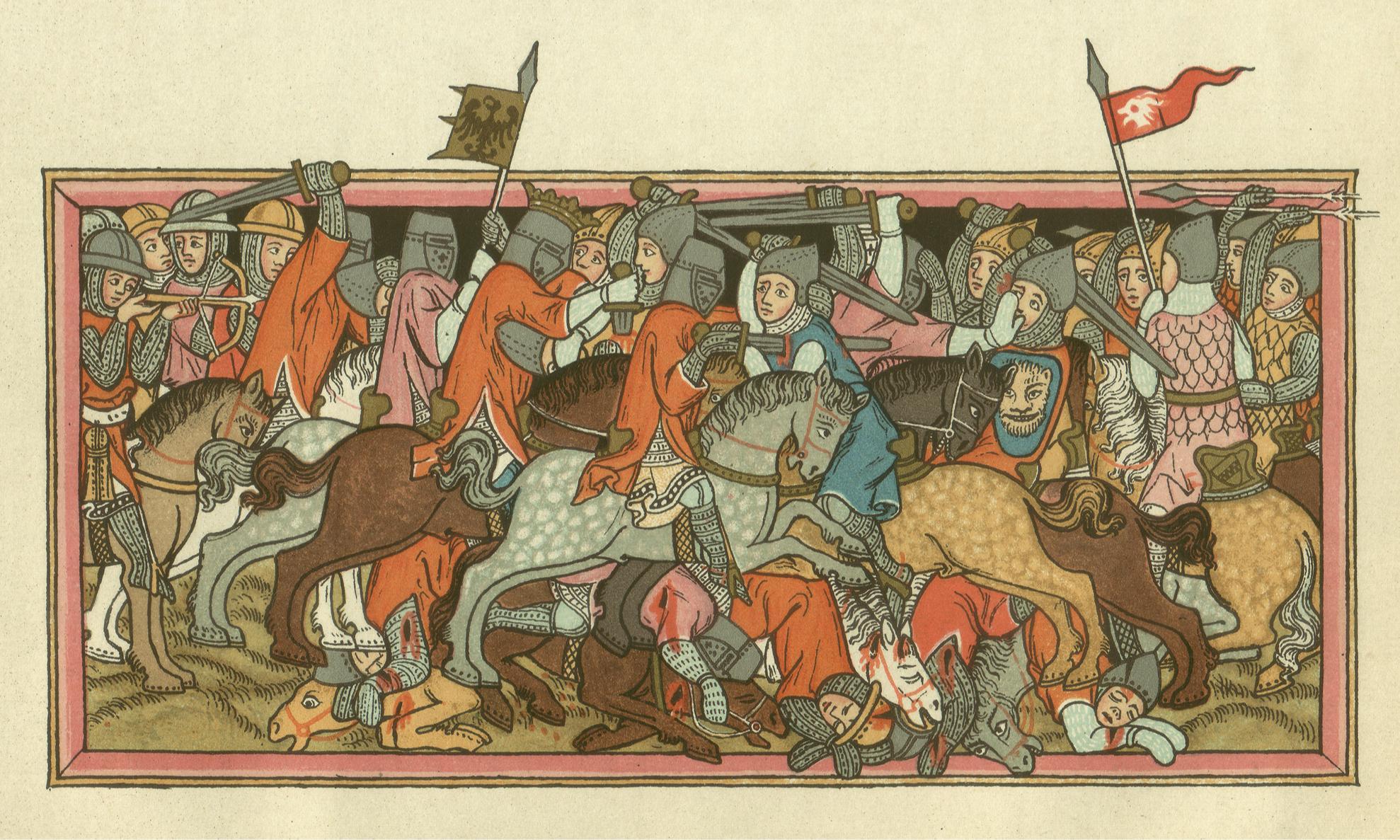
The history of battle above all
At the end of the 19th century, history became an academic discipline subject to the scientific method. Since that time, the history of war and of the military has gone through different phases. After enjoying significant popularity among historians of the 19th century, war history saw a decline and loss of legitimacy in the 1930s due not only to its outdated method of only describing battles, strategies and the “great” generals, but also the most often then not nationalistic, racist, and undeniably Eurocentric nature of these writings.
Since antiquity, the history of battle has been a primary form of historical research on war and the military. Historians, intellectuals and even military commanders have had the great wartime events of their eras put down to paper. Whether to promote propaganda (such as Julius Caesar’s The Gallic Wars) or train young officers, these history-battles focused above all on the purely military and violent aspect of the confrontation between two or more armies. These texts analyze the strategies, tactics, and leadership of generals to ascertain what led to victory and what caused defeat, the obvious goal being to draw lessons from these events.
The participants were therefore analyzed with a singular and unvaried method. The only figures given any real due were the generals and sometimes the heroic and charismatic figures who stood out in battle.
Criticism and delegitimization
With the advent of Marxist theories of history, in which historical episodes are studied from the standpoint of class struggle, this battle-centric way of seeing war and military action was quickly eschewed and dismissed. The two World Wars and their intense violence also influenced this trend. The pacifist, socialist and anti-military movements of this period, which were particularly popular in academic circles, were not reflected in the traditions of military historians and their attachment to the military world, which was now seen in a negative light.
History was no longer reserved for great men and how their exploits changed and impacted the world, a view that the former approach often exaggerated while generally ignoring the human condition and individual experiences.
A renewed tradition
Military history underwent a radical change in the 1960s and 1970s and since then has regained a legitimate although non-dominant place in academia over the past 50 years. In the 1960s, the emergence of social history became a vehicle to cautiously reintroduce military history. The new “war and society” school of thought borrowed new approaches, issues and methodologies from social history to analyze the effects of war on the economy and society. Historians could therefore break out of the mould of history-battle to analyze events pre- and post-conflict. A work that helped cement this approach came in the 1970s with the publication of John Keegan’s The Face of Battle, which delves into the experiences, feelings, and emotions of war’s main participants: the soldiers. Although the analysis of individual experience was not new (Leo Tolstoy’s War and Peace, though a work of historical fiction, attests to this concern long before the 20th century), Keegan reintroduced battle, combat, and violence from military history into the “war and society” movement.
A subsequent series of developments has continued to impact and transform this school. For example, the 1980s saw the introduction of cultural analyses of war to understand how culture influences conflict and how conflict in turn influences society and its culture. The advent of academic gender analysis and theory also led to a rethinking of military history. Military masculinity and the place of women in conflict became the focus of many studies. The examination of war violence in all its forms, from combat to (mass) sexual violence, massacres and genocide, also form part of this movement. While some historians analyze the experiences of victims, others seek to understand the actions of the perpetrators. Today, war is even analyzed from the standpoint of its antithesis: peace!
A new view of war history
The history of war and the military has undergone incredible changes in the past 50 years. As armed conflicts are a key part of the human experience, what has posed a problem for historians is not the history of war itself but rather how it was written, who wrote it, and for whom. The renewed relevance of war history has therefore stemmed from the introduction and use of methods, subjects and problems borrowed from other historical approaches.
Cover photo: A representation of the Peloponnesian War on an ancient vase (source: Futura).
Article written by Thomas Vennes, PhD candidate in history at Sherbrooke University, for Je Me Souviens. Translated by Amy Butcher (traductionsamyb.ca).
Sources:
- John Keegan, The Face of Battle: A Study of Agincourt, Waterloo and the Somme, Harmondsworth, Penguin Books, 1976, 365 p.
- Stephen Morillo and Michael F. Pavkovic, What is military history?, Cambridge and Malden, Great-Britain and United States, 2006, 2018, 183 p.
- Nicolas Offenstadt, « Histoire-bataille », dans Historiographies : concepts et débats, Paris, Gallimard, pp. 163-169 (in french).
- Nicolas Offenstadt, « Un exemple de champ renouvelé : histoires de guerres, histoires de paix », dans L’historiographie, Paris, Presses Universitaires de France, 2011, pp. 98-108 (in french).
